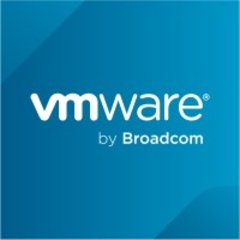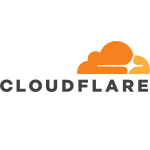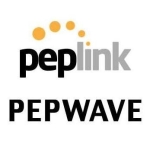What is most valuable?
There is a cloud gateway feature that centrally locates every space, which you don't get with Cisco. The cloud gateway is a very good feature for scaling purposes, etc. It's a very simple feature. In fact, everything about VeloCloud is quite simple, including the concept of the circuits, and, from a technical perspective, it's not as challenging as Cisco VPNs. They have VPN 0, VPN 1, VPN 2, VPN 3, but they're very simple in that approach — the concept of circuits. Overall, I think both products are good.
Cisco has begun to push its SD-WAN code within all of its ISR routers. This has made deployment quite challenging. With VeloCloud, deployment is much easier because they include all of their own hardware.
What needs improvement?
Cloud-based, it's okay because they roll up the device and provide you with a link for access. In regards to in-house, when you want to deploy the orchestrator, it becomes very difficult. Currently, I don't see any such good documentation compared to their competitors, like Cisco, etc.
Also, If you look at Cisco, just Google it and you'll get every detail: what to do, what specific system, what server, how much RAM, how much storage, all the details — it's just much easier.
If a customer has an optimization solution within their network, then you have to be very careful when designing — optimization and all. This can make your design very complex. If the customer has an existing optimization solution, then you have to be very careful when designing any part of the SD-WAN solution — Cisco or Velo.
They should provide us with the flexibility to scale up.
For how long have I used the solution?
I have been using this solution for two and a half to three years.
What do I think about the stability of the solution?
VeloCloud is very stable — it's a very good solution.
Buyer's Guide
VMware VeloCloud SD-WAN
August 2025
Learn what your peers think about VMware VeloCloud SD-WAN. Get advice and tips from experienced pros sharing their opinions. Updated: August 2025.
867,676 professionals have used our research since 2012.
What do I think about the scalability of the solution?
I have not done a scale with something like 6,000 to 7,000 sites; however, if you look at the pure design, phase-wise, then you have to be very particular about new designs. Velo is purely based on design. I don't think the SD-WAN is that new and scaling that amount of sites requires a simple design rather than a complex solution.
With Cisco, we were working on a huge scale — I think it was around 1700 sites for that customer. After 900 sites, it started having problems. The controller was not sending the new site updates to the hub and it was not reflecting in the routing table; however, in the end, it scaled, but there were some challenges that we had to overcome.
How are customer service and support?
There are not enough people within their support team. I would give them a rating of three out of five.
They have to improve, they have to be quicker and understand the types of problems customers face.
How was the initial setup?
The initial setup is straightforward. The initial setup is very simple compared to Cisco. Cisco claims to be Zero Touch Provisioning, but I think they have a lot of complexity surrounding that Zero Touch. With VeloCloud, you can generate and send emails, and the receiver just has to connect to the device, open up the email and the configuration improves. In this way, I think Velo is good with Zero Touch Provisioning.
Deployment time really depends on what you deploy. If you want to roll out a small site on a single device, then the designing and the policies are all done — it's a really quick job. Your circuit and site will rollout quickly, everything will be up and running roughly within two to two and a half hours. If you're looking at a complex site, then of course, the complexity increases.
What other advice do I have?
VeloCloud is a good solution. They are only lacking in regards to the in-house version.
On a scale from one to ten, I would give VeloCloud a rating of seven.
Which deployment model are you using for this solution?
Public Cloud
Disclosure: My company has a business relationship with this vendor other than being a customer. Integrator

















This is a very informative post, and the only one so far who cited the key features of DMPO. But it would be helpful to know what is lacking in the routing stack - OSPF, BGP, etc., and what is missing that would improve the routing capabilities.